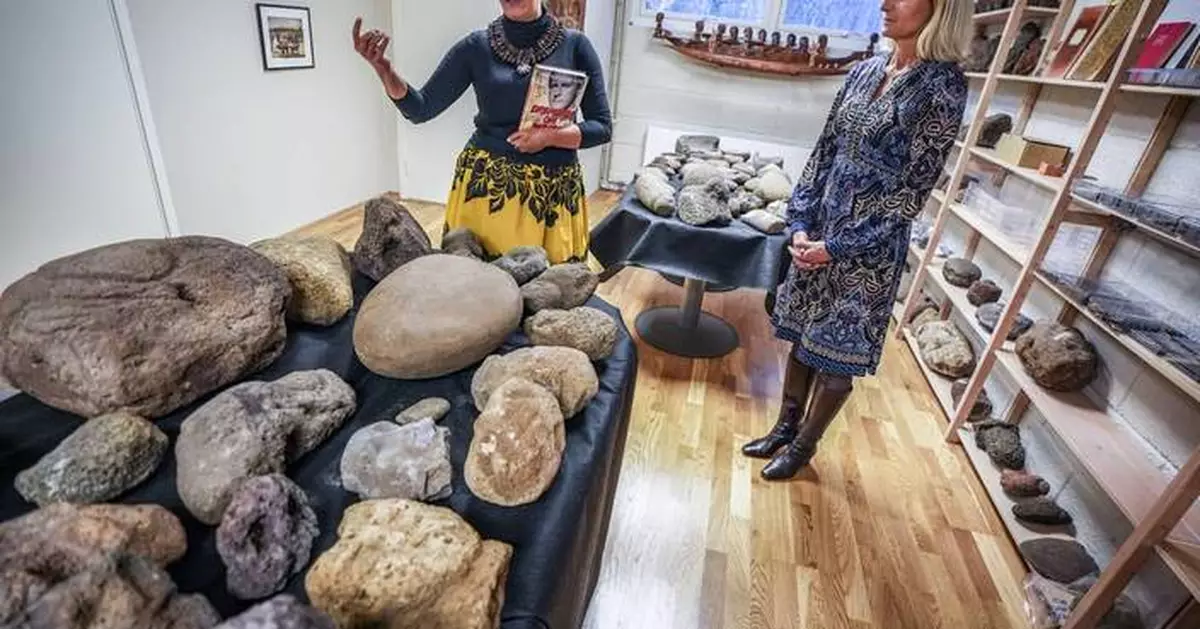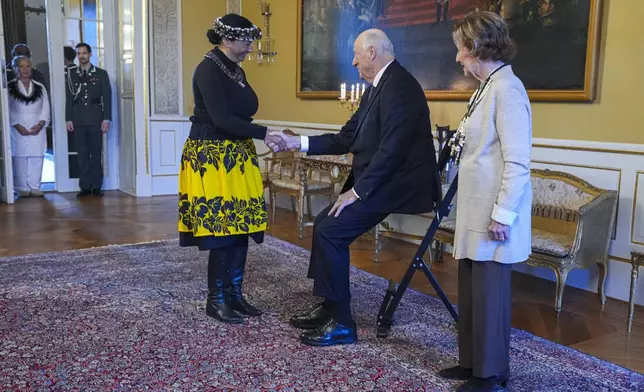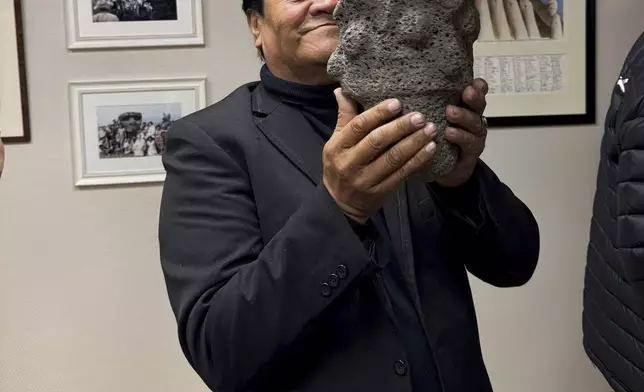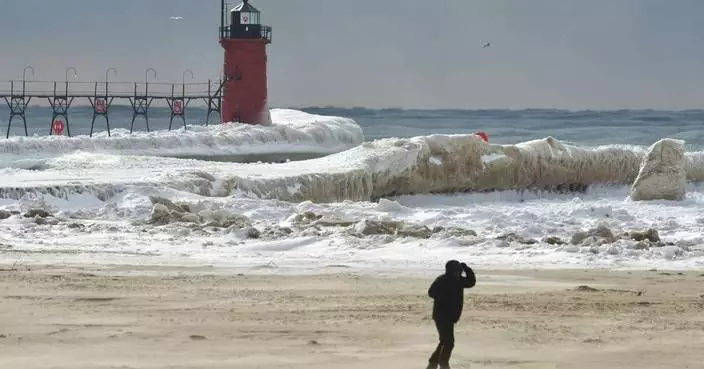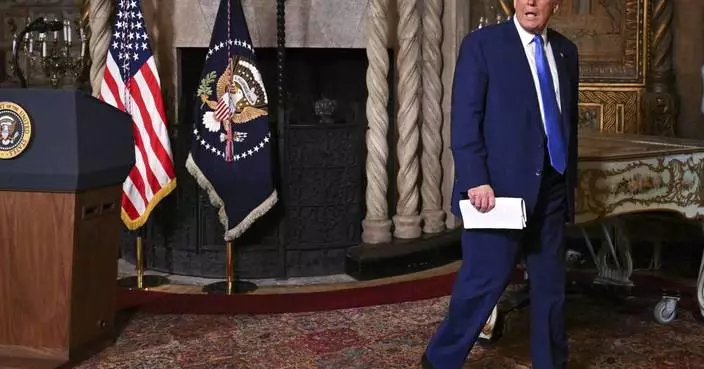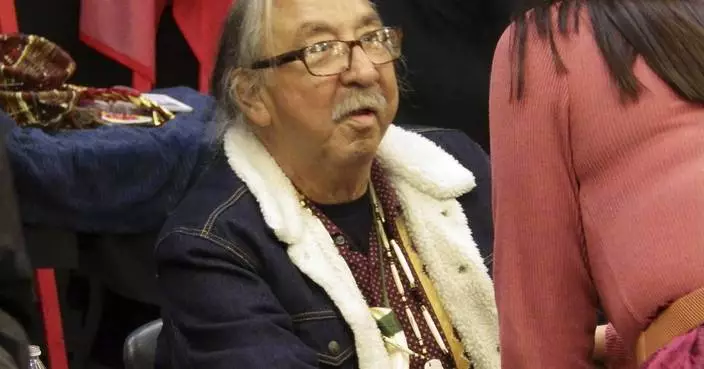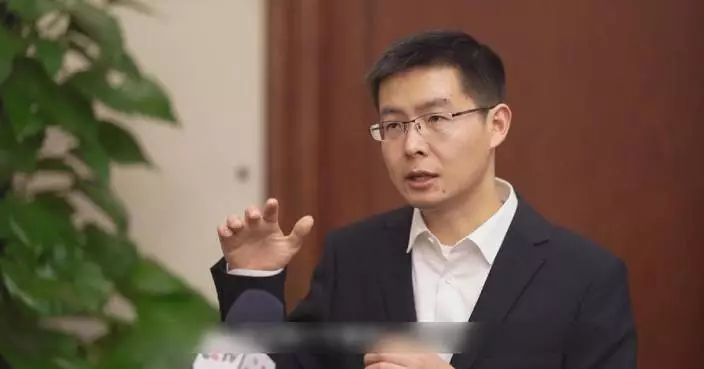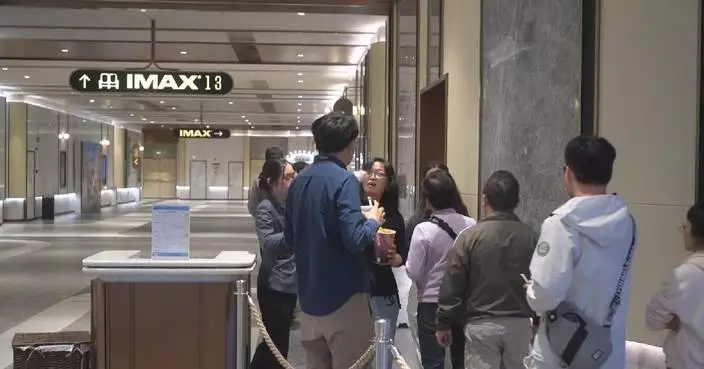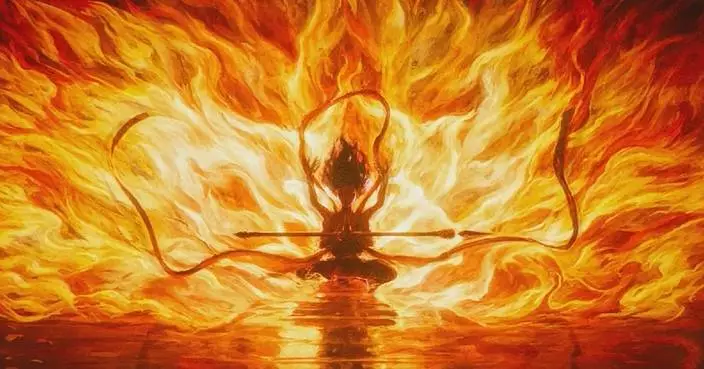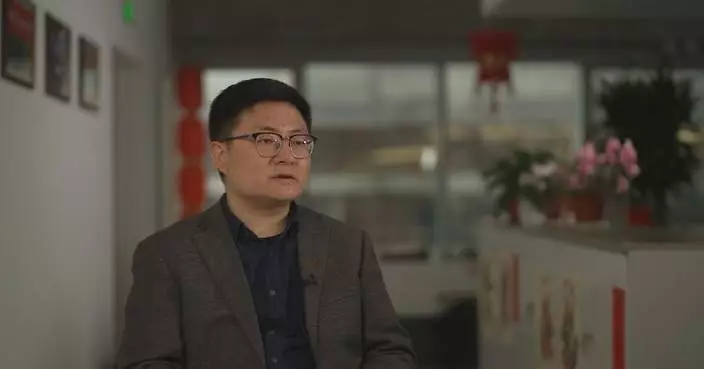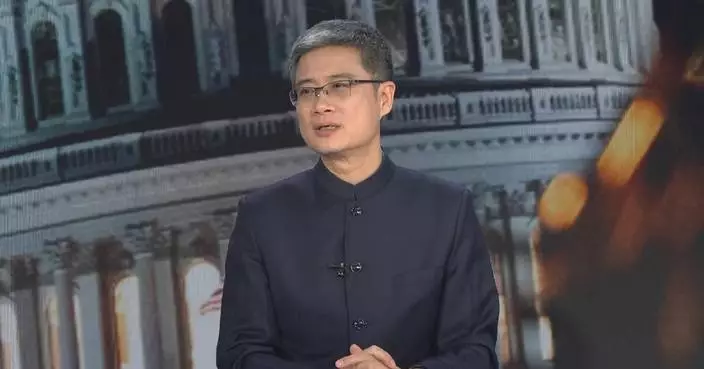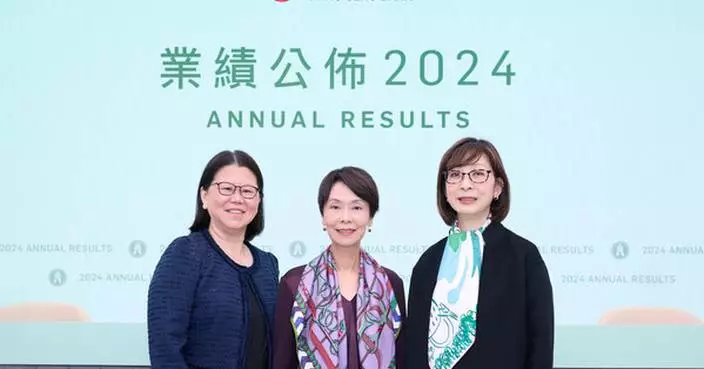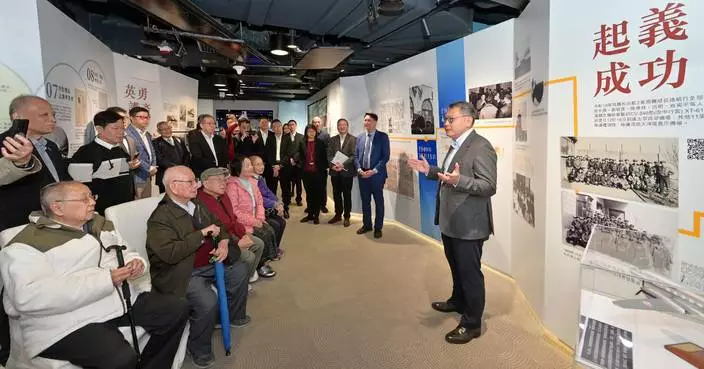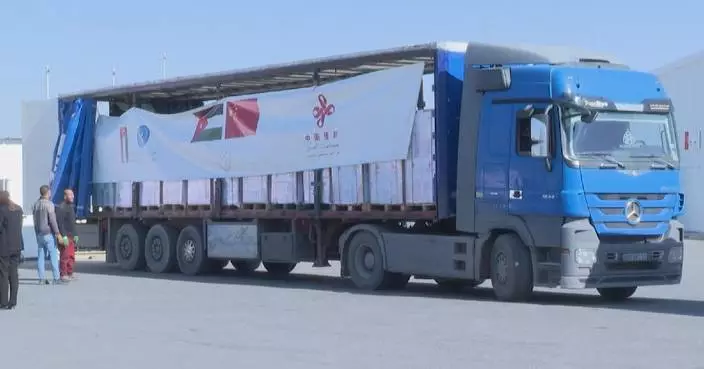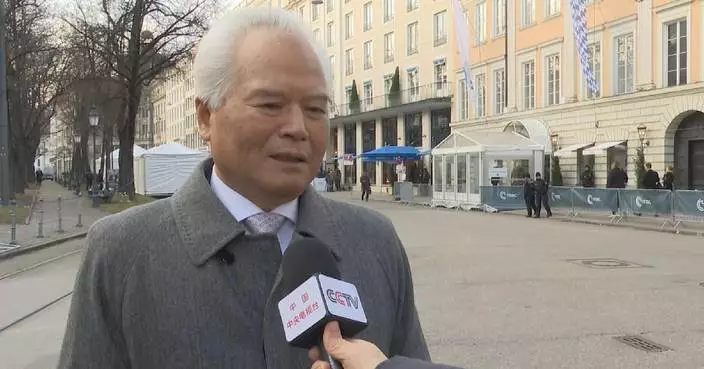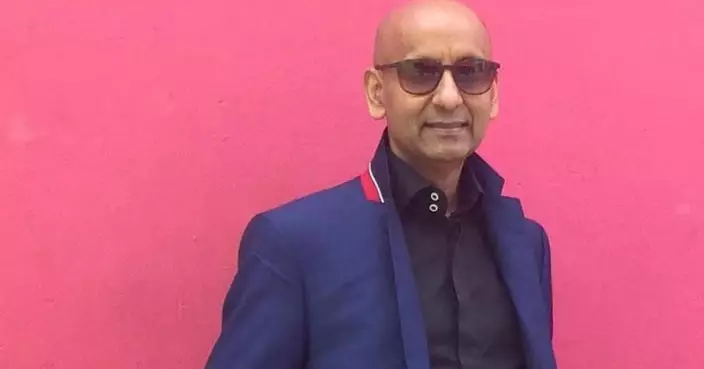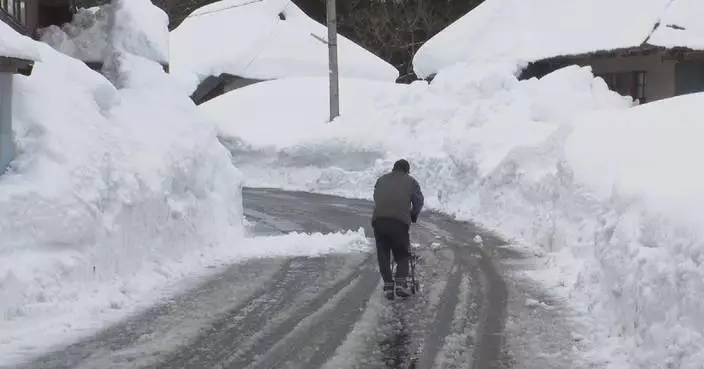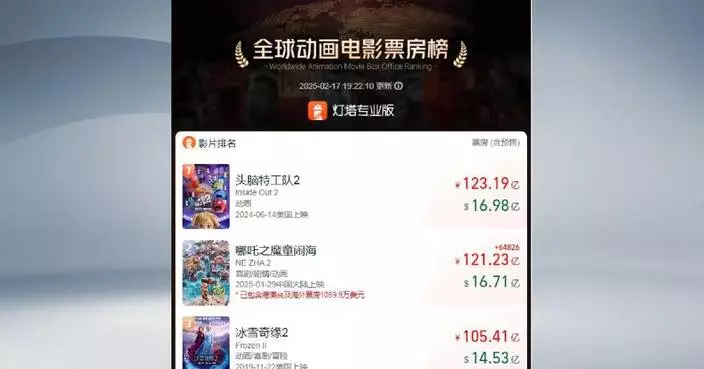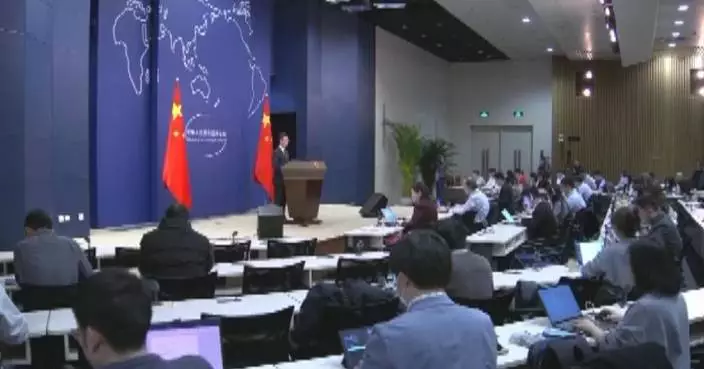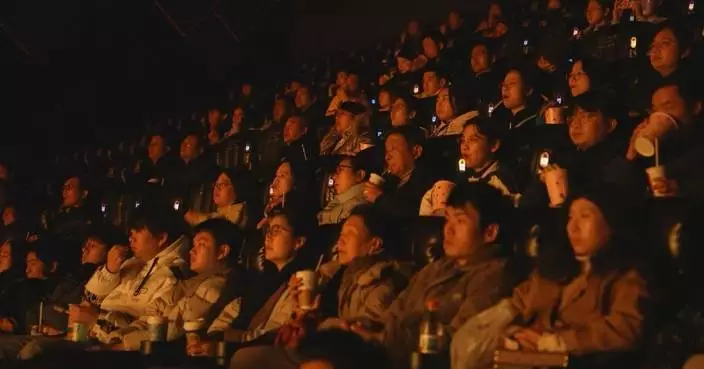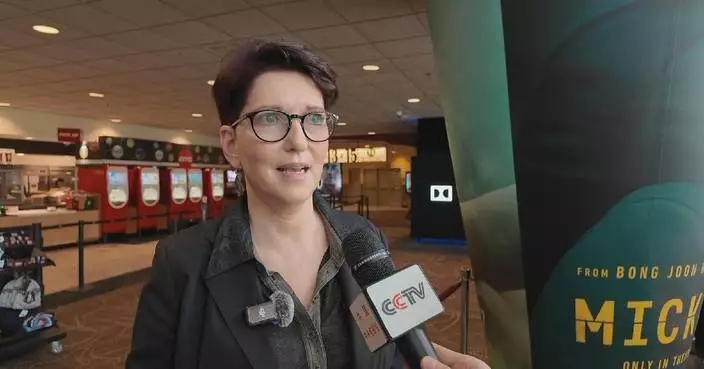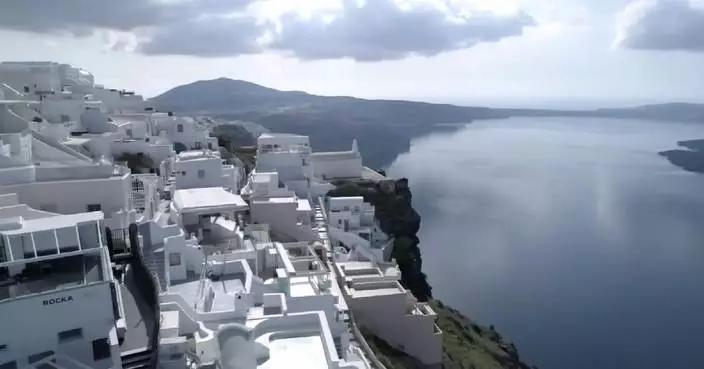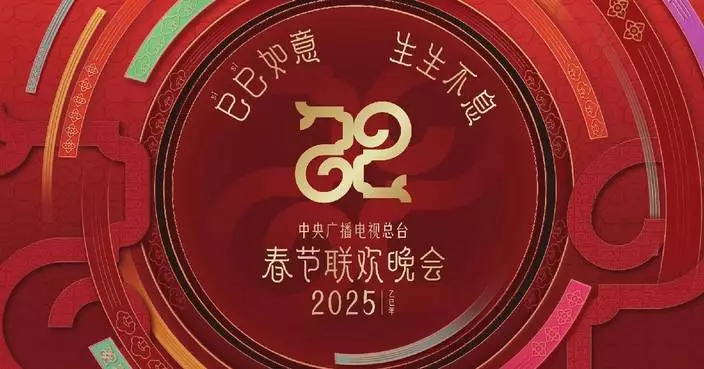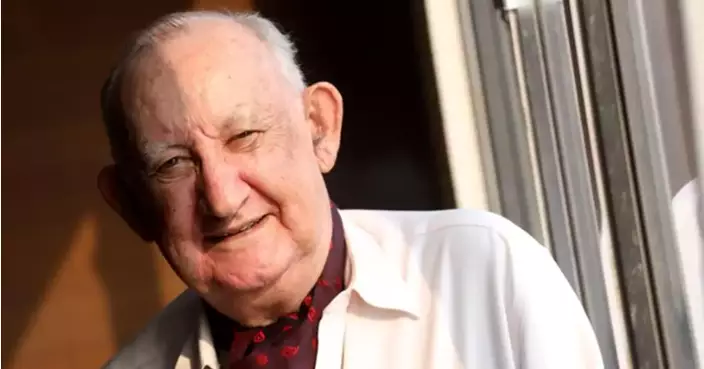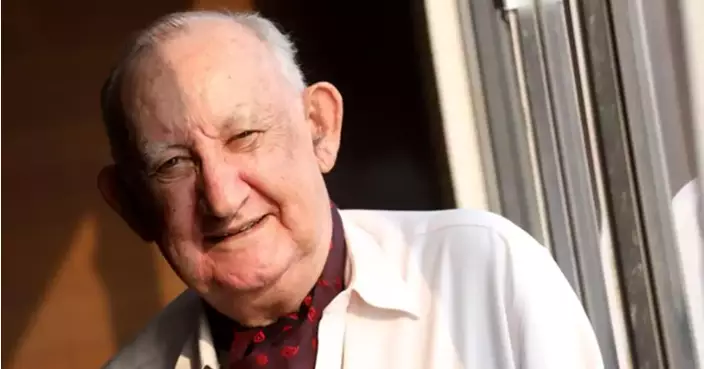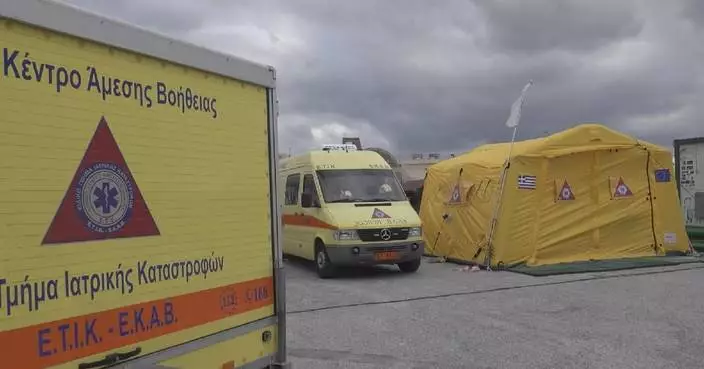COPENHAGEN, Denmark (AP) — Artifacts and human remains taken by a Norwegian explorer and anthropologist in the late 1940s are being returned by a museum in Oslo to Chile’s remote territory of Easter Island in the mid-Pacific, the Kon-Tiki Museum said Wednesday.
In 1947, explorer Thor Heyerdahl sailed on a log raft named Kon-Tiki from Peru to Polynesia in 101 days to prove his theory — that the South Sea Islands were settled by seafarers from South America.
Click to Gallery
Norway's King Harald, centre, and Queen Sonja, right, welcome Miguel Pate Haoa, at the Royal Palace, in Oslo, Norway, Tuesday, Nov. 12, 2024. (Lise Aaserud/NTB Scanpix via AP)
Norway's King Harald, centre, and Queen Sonja, right, welcome Rapa Nui Chilean politician Laura Tarita Rapu Alarcon, at the Royal Palace, in Oslo, Norway, Tuesday, Nov. 12, 2024. (Lise Aaserud/NTB Scanpix via AP)
Norway's King Harald, centre, and Queen Sonja, right, welcome Rapa Nui Chilean politician Laura Tarita Rapu Alarcon, at the Royal Palace, in Oslo, Norway, Tuesday, Nov. 12, 2024. (Lise Åserud/NTB Scanpix via AP)
In this photo provided by the Kon-Tiki Museum press service on Wednesday, Nov. 13, 2024, people look at artifacts and human remains taken from Easter Island, also known as Rapa Nui, by a Norwegian explorer in the late 1940s, during the "repatriation" ceremony at the Kon Tiki Museum in Oslo, Norway, Tuesday, Nov. 12, 2024. (Kon-Tiki Museum press service via AP)
In this photo provided by the Kon-Tiki Museum press service on Wednesday, Nov. 13, 2024, a person holds an artifact taken from Easter Island, also known as Rapa Nui, by a Norwegian explorer in the late 1940s, during the "repatriation" ceremony at the Kon Tiki Museum in Oslo, Norway, Tuesday, Nov. 12, 2024. (Kon-Tiki Museum press service via AP)
Norway's King Harald, centre, and Queen Sonja, right, welcome Miguel Pate Haoa, at the Royal Palace, in Oslo, Norway, Tuesday, Nov. 12, 2024. (Lise Aaserud/NTB Scanpix via AP)
Rapa Nui Chilean politician Laura Tarita Rapu Alarcon attends the "repatriation" ceremony for artifacts and human remains, at the Kon Tiki Museum in Oslo, Norway, Tuesday, Nov. 12, 2024. (Lise Åserud/NTB Scanpix via AP)
Norway's King Harald, centre, and Queen Sonja, right, welcome Rapa Nui Chilean politician Laura Tarita Rapu Alarcon, at the Royal Palace, in Oslo, Norway, Tuesday, Nov. 12, 2024. (Lise Aaserud/NTB Scanpix via AP)
Rapa Nui Chilean politician Laura Tarita Rapu Alarcon attends the "repatriation" ceremony for artifacts and human remains, at the Kon Tiki Museum in Oslo, Norway, Tuesday, Nov. 12, 2024. (Lise Åserud/NTB Scanpix via AP)
FILE - Moai statues stand on Ahu Tongariki near the Rano Raraku volcano, top, on Rapa Nui, or Easter Island, Chile, Nov. 27, 2022. (AP Photo/Esteban Felix, File)
Norway's King Harald, centre, and Queen Sonja, right, welcome Rapa Nui Chilean politician Laura Tarita Rapu Alarcon, at the Royal Palace, in Oslo, Norway, Tuesday, Nov. 12, 2024. (Lise Åserud/NTB Scanpix via AP)
In this photo provided by the Kon-Tiki Museum press service on Wednesday, Nov. 13, 2024, people look at artifacts and human remains taken from Easter Island, also known as Rapa Nui, by a Norwegian explorer in the late 1940s, during the "repatriation" ceremony at the Kon Tiki Museum in Oslo, Norway, Tuesday, Nov. 12, 2024. (Kon-Tiki Museum press service via AP)
Kon-Tiki Museum's director Liv Heyerdahl, right, and Rapa Nui Chilean politician Laura Tarita Rapu Alarcon attend the "repatriation" ceremony for artifacts and human remains, at the Kon Tiki Museum in Oslo, Norway, Tuesday, Nov. 12, 2024. (Lise Åserud/NTB Scanpix via AP)
In this photo provided by the Kon-Tiki Museum press service on Wednesday, Nov. 13, 2024, a person holds an artifact taken from Easter Island, also known as Rapa Nui, by a Norwegian explorer in the late 1940s, during the "repatriation" ceremony at the Kon Tiki Museum in Oslo, Norway, Tuesday, Nov. 12, 2024. (Kon-Tiki Museum press service via AP)
In this photo provided by the Kon-Tiki Museum press service on Wednesday, Nov. 13, 2024, head of the museum Liv Heyerdahl, second from right, attends the "repatriation" ceremony at the Kon Tiki Museum in Oslo, Norway, Tuesday, Nov. 12, 2024. (Kon-Tiki Museum press service via AP)
Kon-Tiki Museum's director Liv Heyerdahl, right, and Rapa Nui Chilean politician Laura Tarita Rapu Alarcon attend the "repatriation" ceremony for artifacts and human remains, at the Kon Tiki Museum in Oslo, Norway, Tuesday, Nov. 12, 2024. (Lise Åserud/NTB Scanpix via AP)
He brought 5,600 objects back from Easter Island, also known as Rapa Nui. This is the third time objects taken by him are being returned.
Many have been stored and displayed at the Kon-Tiki Museum in Oslo, Norway's capital, and some were given back in 1986 and others 2006. The return has been a collaboration between the museum, Chile and Rapa Nui's local authorities.
"My grandfather would have been proud of what we are about to achieve,” said Liv Heyerdahl, head of the museum and the explorer's granddaughter.
She told the Norwegian news agency NTB that the objects were brought to Norway "with a promise that they would one day be returned.”
Among those that are being returned this time around are human remains called Ivi Tepuna and sculpted stones.
A nine-person delegation had traveled to Norway this week to collect the items. Four of them spent the night at the Oslo museum, alongside the remains as part of a ritual ceremony to take back the spirits of the remains.
“First one must awaken the spirits, and then speak to them in our original language. Food is then prepared to eat a meal with them, where the smell of the food goes to the spirits,” a member of the delegation, Laura Tarita Rapu Alarcón, told NTB.
“It is important that those who own the culture are involved in the process," Liv Heyerdahl was quoted as saying by NTB. "Of course these remains should be returned, and it feels right because they belong to the Rapa Nui.”
In 2019, an agreement was signed in Santiago, Chile, during a visit by Norway's King Harald. However, the COVID-19 pandemic stopped all activities in 2020, the museum said. Harald met with the Rapa Nui delegation on Tuesday.
A book about Thor Heyerdahl's voyage — he died in 2002 at the age of 87 — has become an international bestseller, and his film of the journey won an Academy Award for best documentary in 1951.
Rapa Nui is best known for the hundreds of moai — monolithic human figures carved centuries ago by this remote Pacific island’s Rapanui people.
Covering about 164 square kilometers (63 square miles) and home to about 7,700 people, half of them with Rapa Nui ancestry, Easter Island was formed at least 750,000 years ago by volcanic eruptions and is one of the world’s most isolated inhabited islands.
Located 3,700 kilometers (2,300 miles) from South America, Rapa Nui was declared a UNESCO World Heritage Site in 1995. In 2019, it was officially renamed “Rapa Nui-Easter Island” from its previous name of just Easter Island.
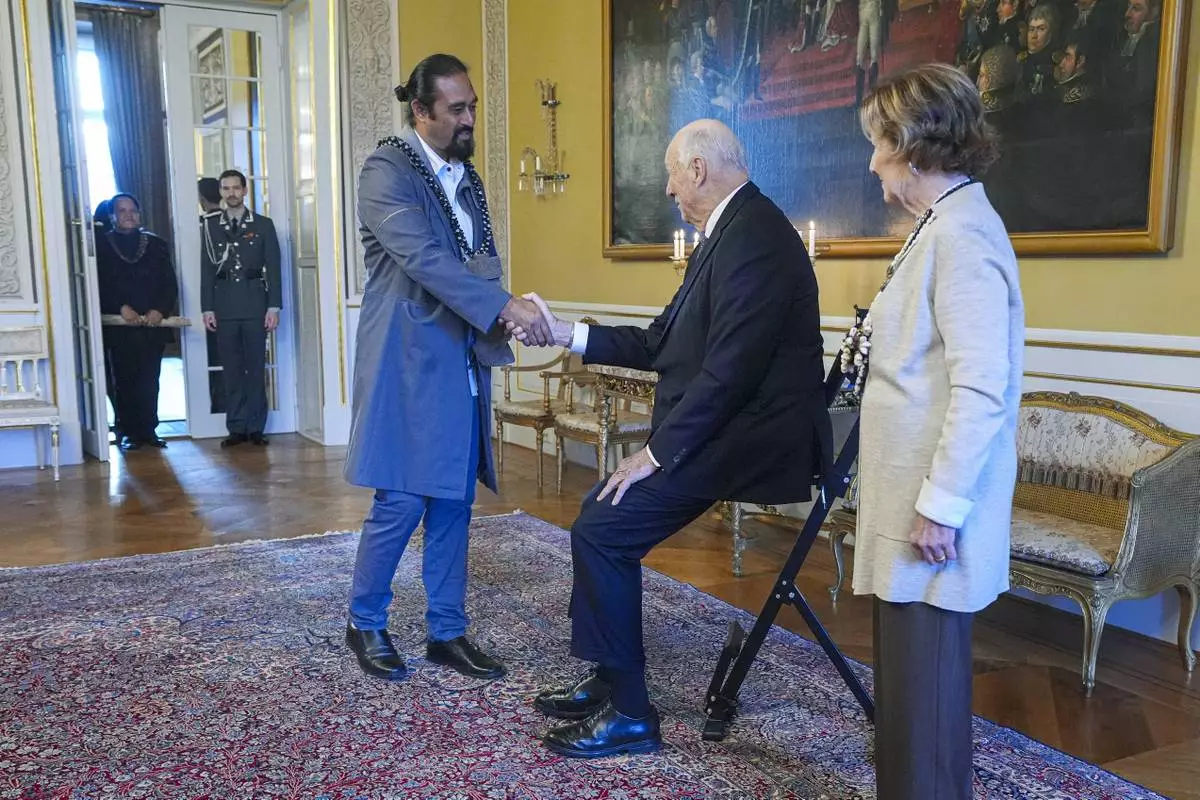
Norway's King Harald, centre, and Queen Sonja, right, welcome Miguel Pate Haoa, at the Royal Palace, in Oslo, Norway, Tuesday, Nov. 12, 2024. (Lise Aaserud/NTB Scanpix via AP)
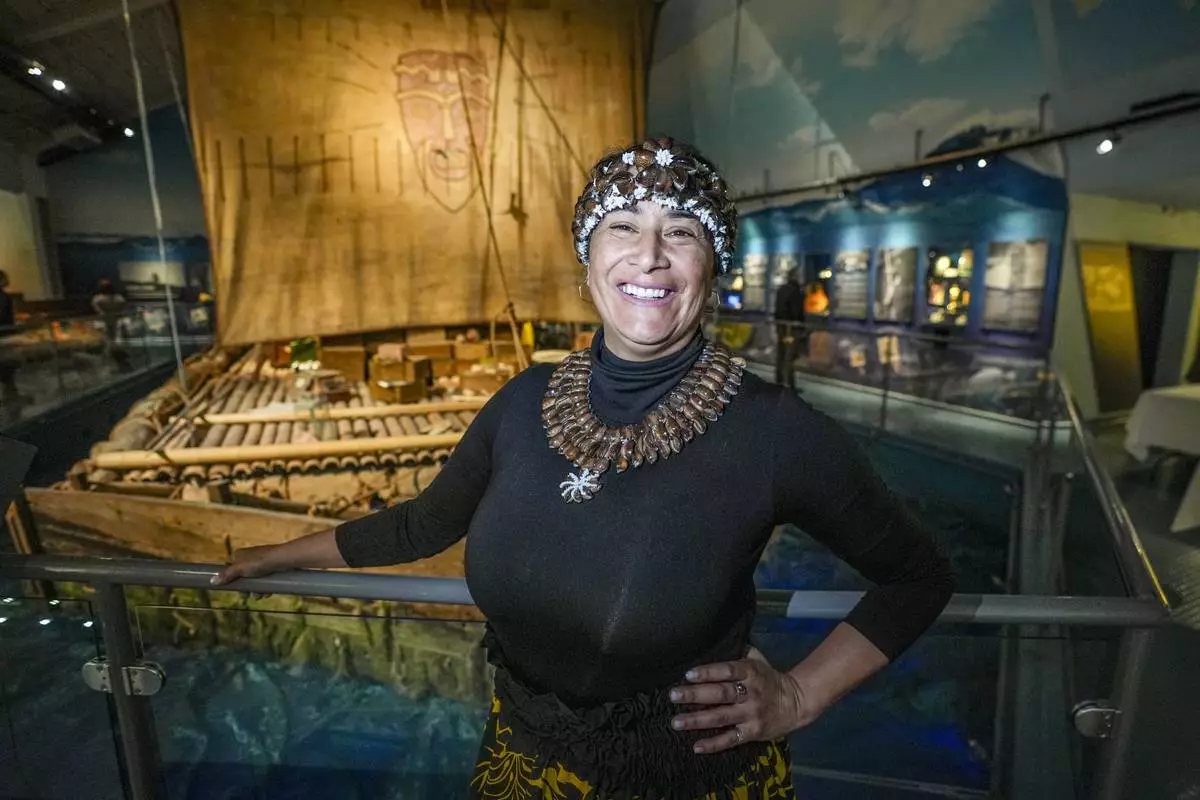
Rapa Nui Chilean politician Laura Tarita Rapu Alarcon attends the "repatriation" ceremony for artifacts and human remains, at the Kon Tiki Museum in Oslo, Norway, Tuesday, Nov. 12, 2024. (Lise Åserud/NTB Scanpix via AP)
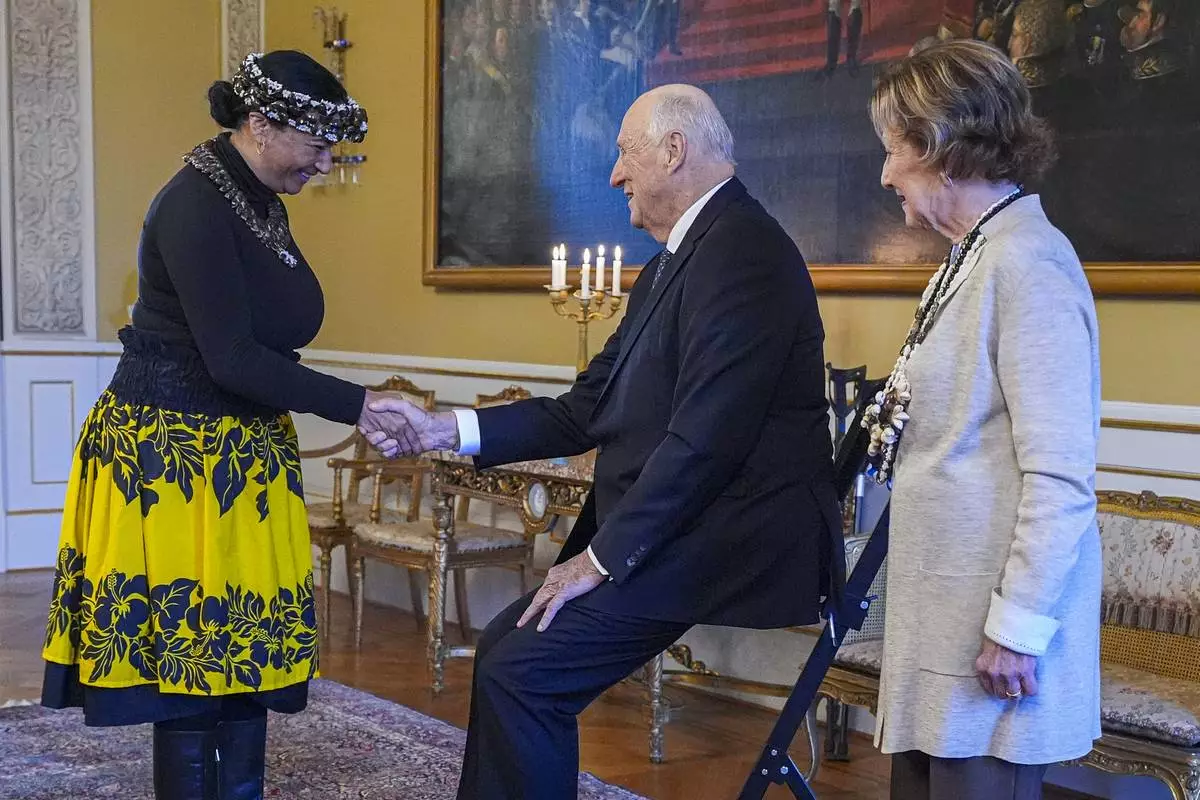
Norway's King Harald, centre, and Queen Sonja, right, welcome Rapa Nui Chilean politician Laura Tarita Rapu Alarcon, at the Royal Palace, in Oslo, Norway, Tuesday, Nov. 12, 2024. (Lise Aaserud/NTB Scanpix via AP)
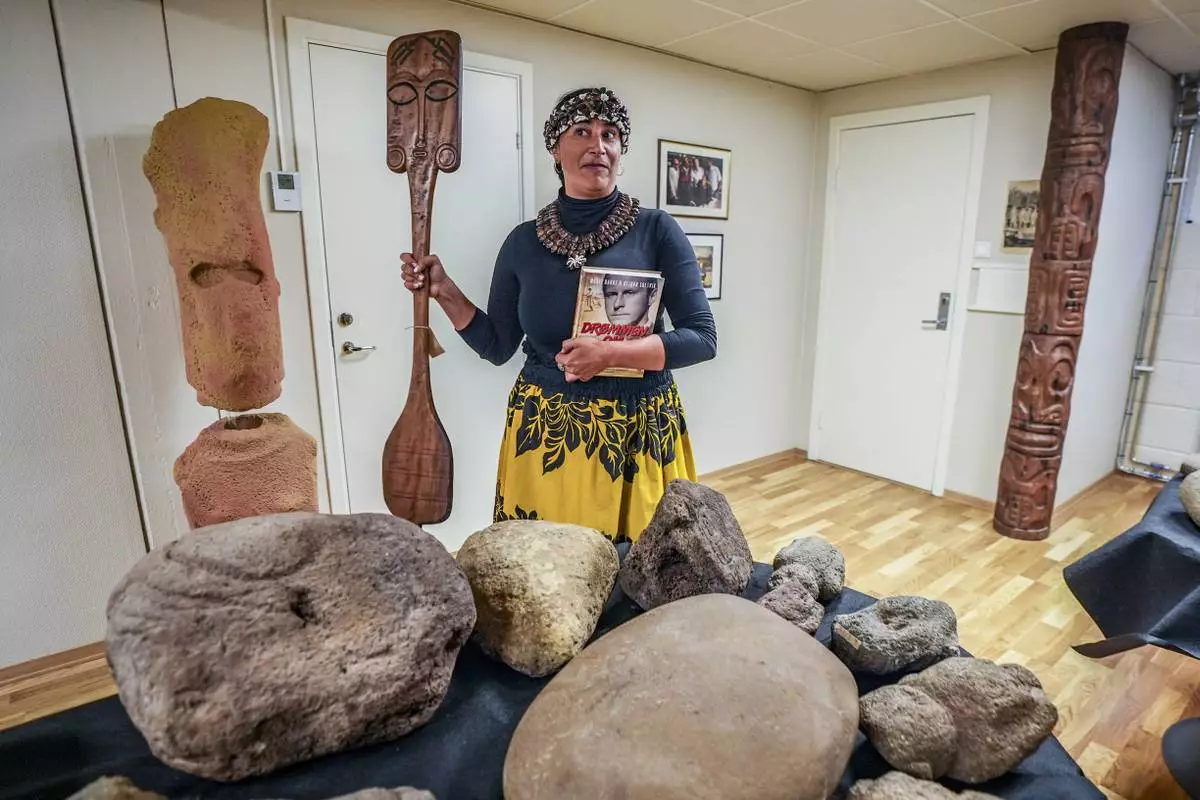
Rapa Nui Chilean politician Laura Tarita Rapu Alarcon attends the "repatriation" ceremony for artifacts and human remains, at the Kon Tiki Museum in Oslo, Norway, Tuesday, Nov. 12, 2024. (Lise Åserud/NTB Scanpix via AP)

FILE - Moai statues stand on Ahu Tongariki near the Rano Raraku volcano, top, on Rapa Nui, or Easter Island, Chile, Nov. 27, 2022. (AP Photo/Esteban Felix, File)

Norway's King Harald, centre, and Queen Sonja, right, welcome Rapa Nui Chilean politician Laura Tarita Rapu Alarcon, at the Royal Palace, in Oslo, Norway, Tuesday, Nov. 12, 2024. (Lise Åserud/NTB Scanpix via AP)
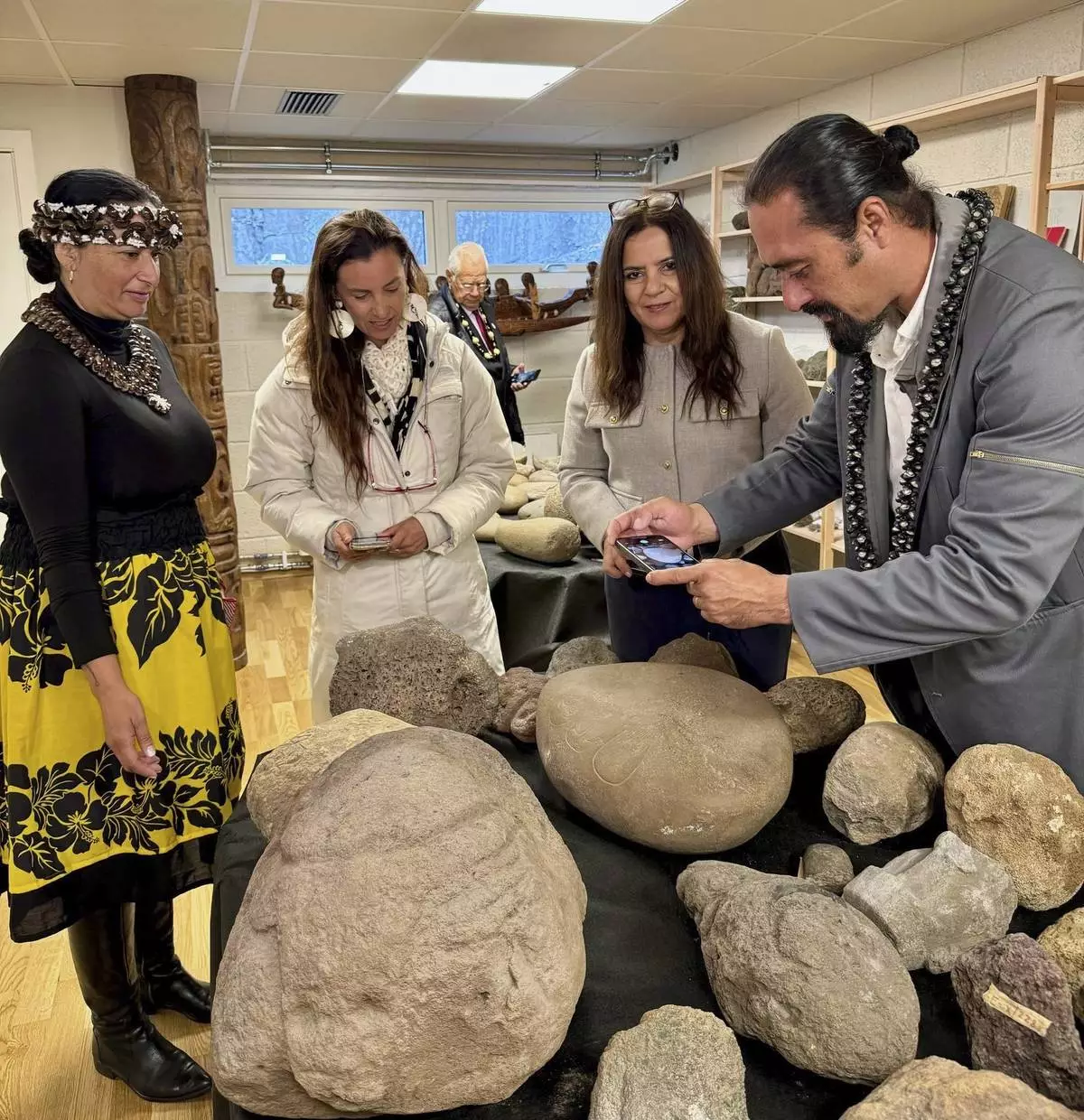
In this photo provided by the Kon-Tiki Museum press service on Wednesday, Nov. 13, 2024, people look at artifacts and human remains taken from Easter Island, also known as Rapa Nui, by a Norwegian explorer in the late 1940s, during the "repatriation" ceremony at the Kon Tiki Museum in Oslo, Norway, Tuesday, Nov. 12, 2024. (Kon-Tiki Museum press service via AP)
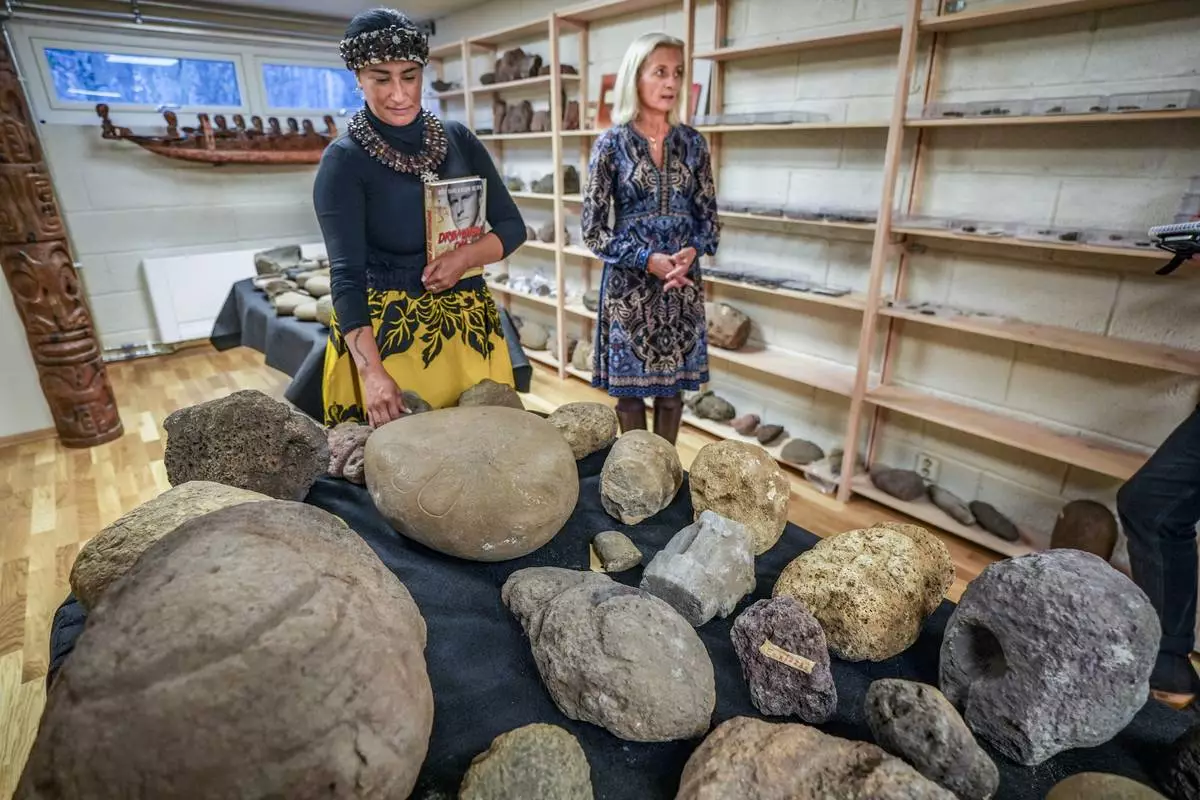
Kon-Tiki Museum's director Liv Heyerdahl, right, and Rapa Nui Chilean politician Laura Tarita Rapu Alarcon attend the "repatriation" ceremony for artifacts and human remains, at the Kon Tiki Museum in Oslo, Norway, Tuesday, Nov. 12, 2024. (Lise Åserud/NTB Scanpix via AP)

In this photo provided by the Kon-Tiki Museum press service on Wednesday, Nov. 13, 2024, a person holds an artifact taken from Easter Island, also known as Rapa Nui, by a Norwegian explorer in the late 1940s, during the "repatriation" ceremony at the Kon Tiki Museum in Oslo, Norway, Tuesday, Nov. 12, 2024. (Kon-Tiki Museum press service via AP)
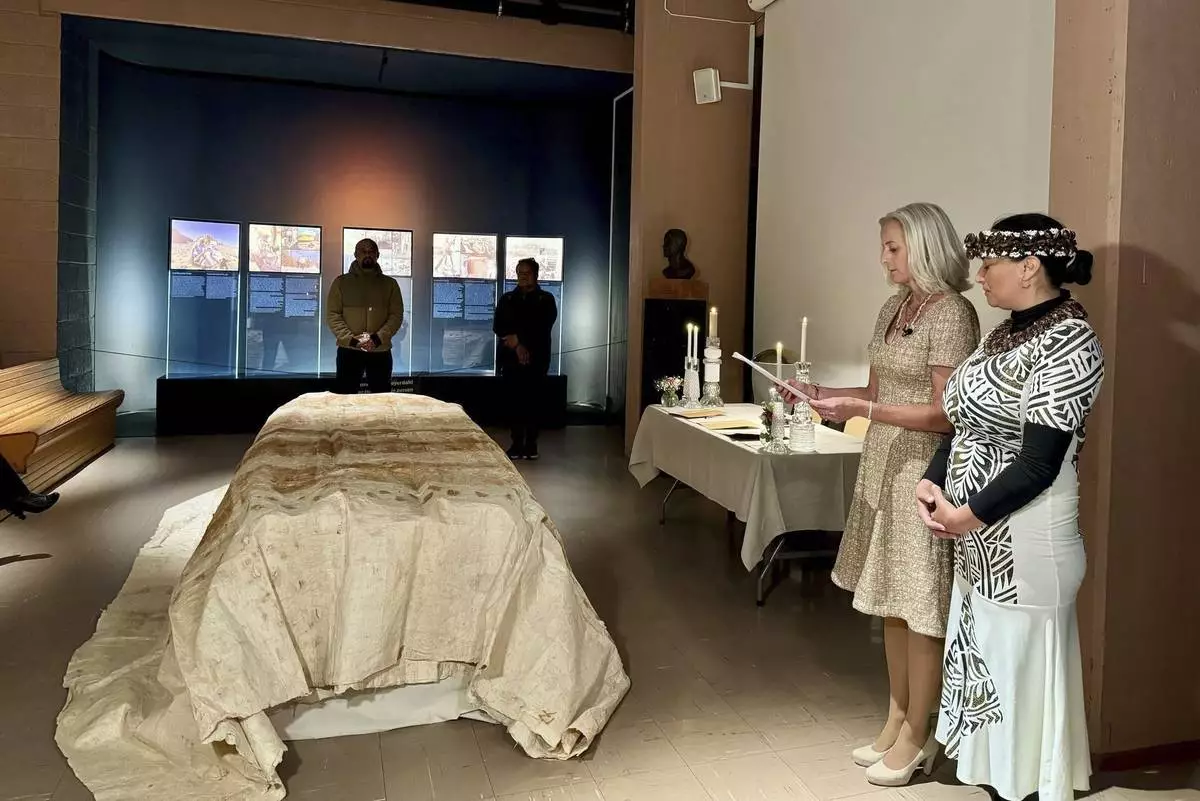
In this photo provided by the Kon-Tiki Museum press service on Wednesday, Nov. 13, 2024, head of the museum Liv Heyerdahl, second from right, attends the "repatriation" ceremony at the Kon Tiki Museum in Oslo, Norway, Tuesday, Nov. 12, 2024. (Kon-Tiki Museum press service via AP)
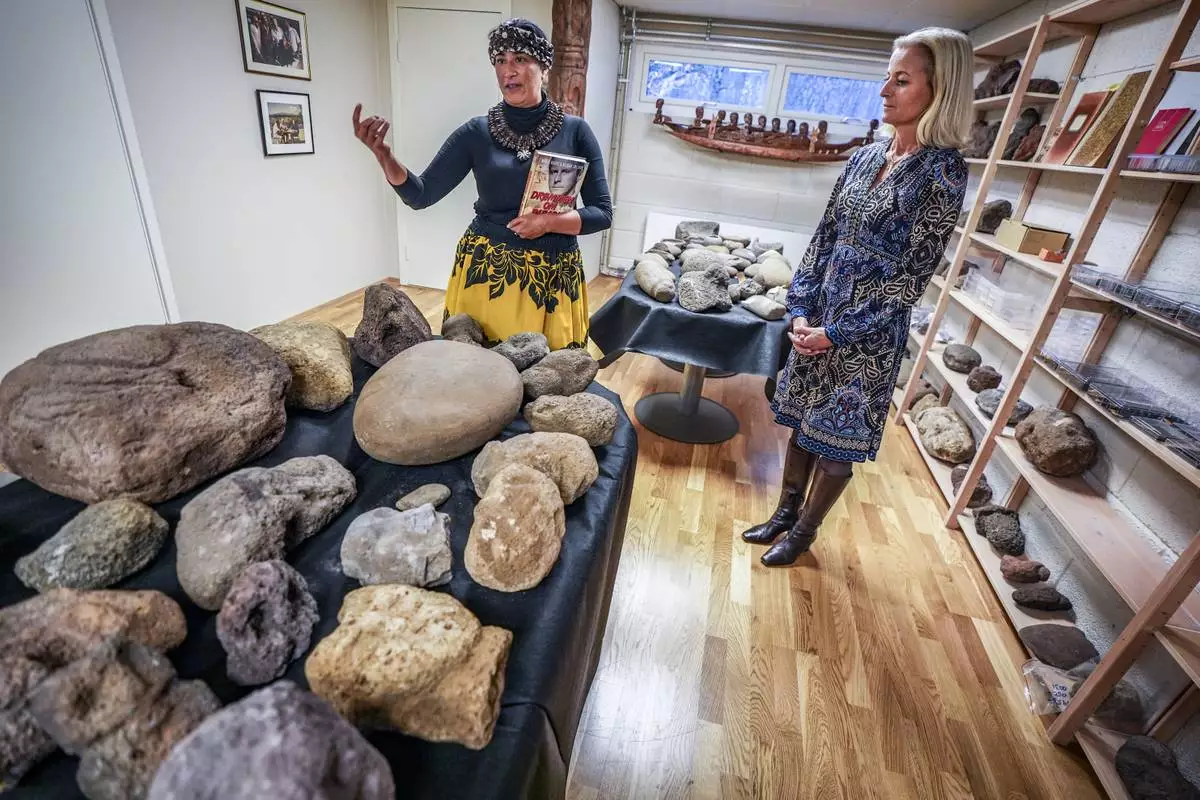
Kon-Tiki Museum's director Liv Heyerdahl, right, and Rapa Nui Chilean politician Laura Tarita Rapu Alarcon attend the "repatriation" ceremony for artifacts and human remains, at the Kon Tiki Museum in Oslo, Norway, Tuesday, Nov. 12, 2024. (Lise Åserud/NTB Scanpix via AP)
QUITO, Ecuador (AP) — Ecuadorian President Daniel Noboa on Wednesday took another step in his effort to enlist foreign military assistance to combat the drug cartels and organized crime groups that have been behind the escalation in violent crime over the past four years.
Noboa, according to a statement from the communications secretariat, ordered the foreign ministry to seek cooperation agreements with “allied nations” that would allow “the incorporation of special forces” on a temporary basis as support for the Ecuadorian police and armed forces. He also urged the opposition-controlled National Assembly to back his initiative.
The statement did not say which countries Ecuador would seek military assistance from.
The spike in violence across the South American country is tied to the trafficking of cocaine produced in neighboring Colombia and Peru. Mexican, Colombian and Balkan cartels have set down roots in Ecuador and operate with assistance from local criminal gangs.
Under Noboa’s watch, the homicide rate dropped from 46.18 per 100,000 people in 2023 to 38.76 per 100,000 people last year. But the rate remained far higher than the 6.85 per 100,000 people in 2019, and the country is already on track to exceed that number this year. January was Ecuador’s deadliest month on record, with 731 homicides.
The conservative Noboa earlier this month won one of two spots in an April runoff election.
Wednesday’s announcement comes months after he asked Ecuador’s Constitutional Court to clear a partial constitutional reform that would allow the installation of foreign military bases in the country. The court ruled in favor of his initiative, which now must be debated twice by the National Assembly and, if approved, ratified in a referendum.
The U.S. military for a decade operated a base in Ecuador that was mainly focused on anti-narcotic operations. But that stopped in 2009, when then-President Rafael Correa ended an agreement with the U.S. citing sovereignty issues.
Security expert Mario Pazmiño told The Associated Press he believes that the government’s proposal does not seek foreign troops for combat, but instead, for help with intelligence gathering and support of ports and maritime interdictions.
Follow AP’s coverage of Latin America and the Caribbean at https://apnews.com/hub/latin-america
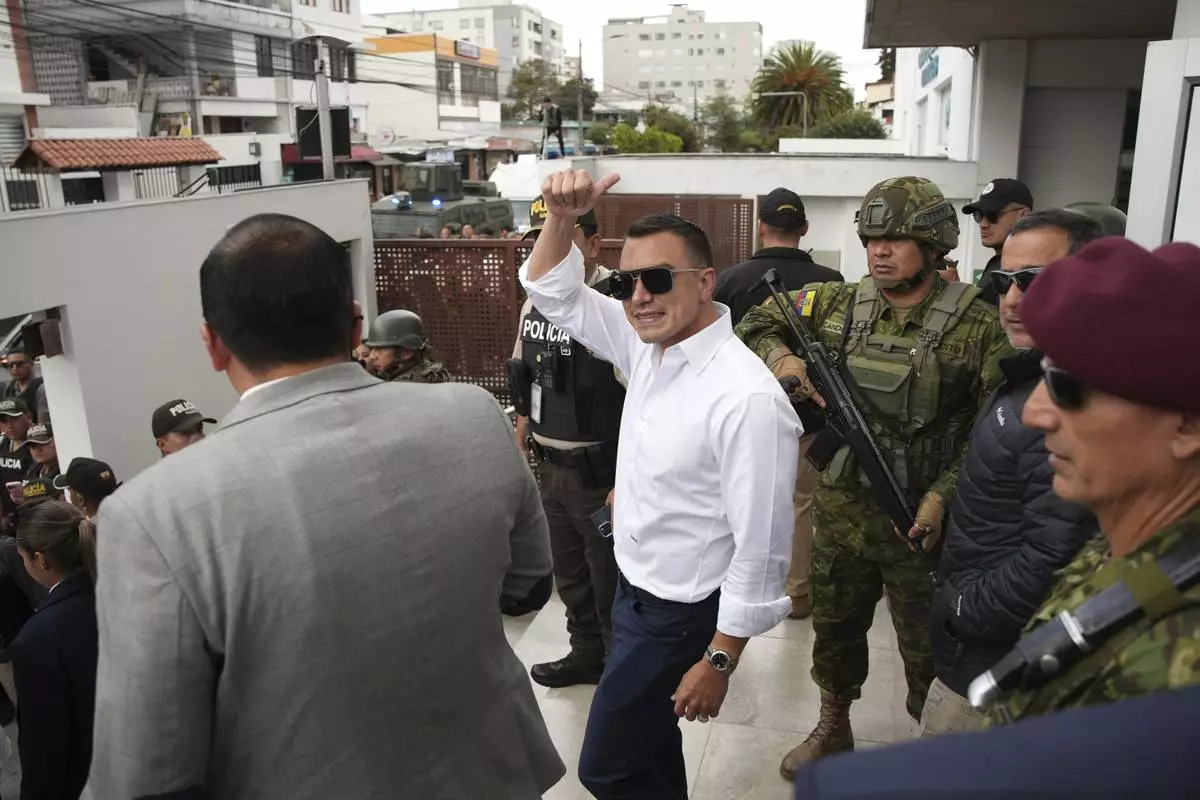
Ecuador's President Daniel Noboa, running for re-election, waves after accompanying his running mate, Maria Jose Pinto, to cast her ballot during the presidential elections in Quito, Ecuador, Sunday, Feb. 9, 2025. (AP Photo/Carlos Noriega)













